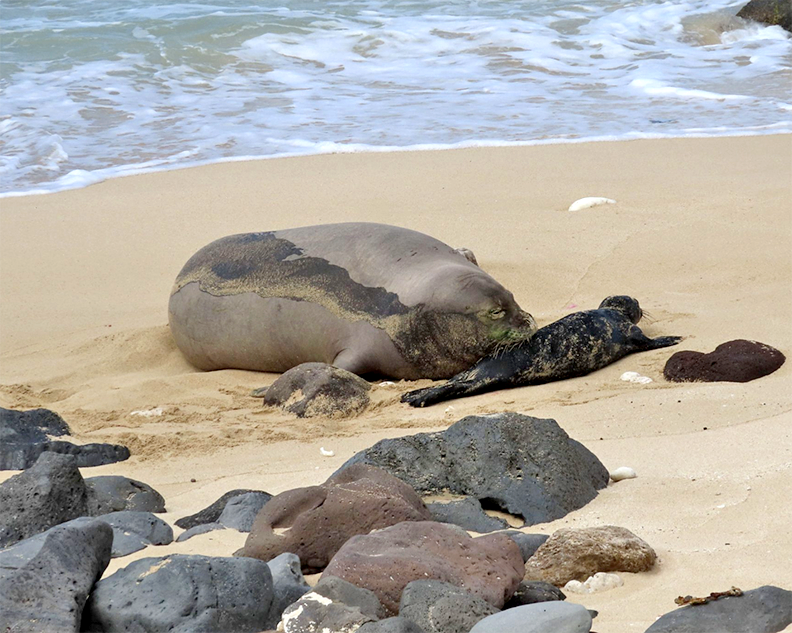By Jan TenBruggencate
 Our island’s “Kauaʻi Made” program celebrates the value of things uniquely from the Garden Island, but for a view of how far this theme can go, turn to another Pacific Island — Tasmania.
Our island’s “Kauaʻi Made” program celebrates the value of things uniquely from the Garden Island, but for a view of how far this theme can go, turn to another Pacific Island — Tasmania.
You get the sense that the economic theory of this large island, just south of Australia, is “All Tasmania, all the time.”
In the coastal community of Kettering, a small convenience store owner proudly pointed out his large selection of Tasmanian wines. Wineries abound on this island.
Many of the sheep and cattle ranches have a few acres of grapes, which they arrange to have processed offsite, and then sell from their own showrooms on the farm. You drive through the rolling hills and valleys, dodging marsupials like wallabies and wombats, and regularly come across roadside signs alerting you that the wine cellar is open for business.
On Bruny Island, which lies tight to the Tasmanian southern shore, a small cheese factory has made its reputation on cheeses you’ve never heard of. You turn into a parking area under towering eucalyptus trees and find that the Bruny Island Cheese Company doesn’t try to recreate cheddar and brie, but has developed its own unique flavors and consistencies, and they’re great. We particularly liked a cheese called “O.D.O.,” which apparently stands for “one-day-old,” and is sold drenched in olive oil.
A wood turner in the harbor town of Strahan said that every item sold in his large gallery was mostly from Tasmania, but apologized that the metal parts of clocks and a few other items might be from outside the country — only because those items were not made anywhere in Tasmania or even Australia.
When you take the boat tour in the Franklin-Gordon Wild Rivers National Park, part of the Tasmanian Wilderness World Heritage Area, the boat you’re riding on is a big aluminum catamaran built in Hobart.
Similarly, when you ride up the Durwent River to the incredible Museum of Old and New Art (MONA), it’s on a Tasmanian-built ferry. CNN Travel calls MONA the world’s most far-out museum.
At a restaurant in the capital city of Hobart, a blackboard listed the local source of every item of seafood on the menu. Salmon from the Huon River. Scallops from Stanley. Rock lobster from Maatsuyker Island, just off the southwestern coast. Squid from the Bass Islands to the north.
In Tasmania, it feels as though everyone’s on the same page — recognizing the value of celebrating the Tasmania brand. The wineries also supply Tasmanian cheeses, and the cheese shop markets Tasmanian wines. Local hotels display Tasmanian-made art. Stores stock locally made produce, like fruit, bread, and local olives. Tasmanian Merino wool products are celebrated, as is Tasmanian leatherwood blossom honey.
And the local stuff isn’t sold cheap. If anything, it commands a premium.
What does this mean for Kauaʻi? It’s that uniqueness and local industry has value, and helps an economy thrive.
- Jan TenBruggencate is a Kauaʻi based writer and communications consultant.
[/fusion_builder_column][/fusion_builder_row][/fusion_builder_container]
Discover more from ForKauaiOnline
Subscribe to get the latest posts sent to your email.





Leave a Reply